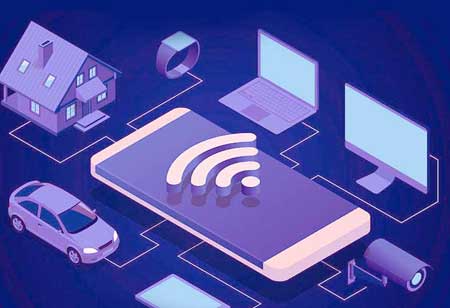THANK YOU FOR SUBSCRIBING
Key Advantages of Drones in Construction
Drones have a variety of possible applications in construction, including the possibility to survey projects using drones rather than more traditional surveying methods.

By
Apac CIOOutlook | Thursday, March 04, 2021
Stay ahead of the industry with exclusive feature stories on the top companies, expert insights and the latest news delivered straight to your inbox. Subscribe today.
The construction industry is currently said to be one of the most important drivers of commercial drone development
Fremont, CA: Drones have a variety of possible applications in construction, including the possibility to survey projects using drones rather than more traditional surveying methods.
Let's check key benefits of drones in construction.
• Processor chips
Drones' control centers are microprocessors, which provide a platform for control and communications software that includes collision avoidance sensors, high-definition cameras, and other sensors. Advances in chip design, aided in large part by the mobile phone sector, are resulting in smaller processors with more performance and cheaper costs, lowering the cost of drone production.
• 3D Technology
Drone data in the form of photography and radar/Light Detection and Ranging (LIDAR) data may be converted into comprehensive topological models using 3D modeling technologies, making it feasible to scan and monitor the terrain and the things inside it. Drones are beginning to integrate with improved sensors, high definition cameras, and computer algorithms that can condense images into 3D virtual images and enable easy assessment of anomalies, whether the application is surveying structures like bridges and buildings or monitoring of farmland or forestry.
• Artificial Intelligence (AI)
Drones will collect an increasing amount of data, which will necessitate more sophisticated data analysis. Drone solutions must leverage the most up-to-date data analytics technology to properly analyze incoming sensor data and develop valuable conclusions. Furthermore, AI provides 'continuous learning' for drones using techniques such as machine learning, allowing for advanced capabilities like autonomous flight and obstacle identification and avoidance.
• Drone swarm technology
As the number of operational drones rises, the necessity to monitor and control several drones nearby will become increasingly pressing. Cisco is advocating the idea of linked drones managed by a cloud-based architecture. The capacity to handle several drones at the same time, according to the business, would enable speedier data collecting across large regions, as well as simultaneous data processing to offer timely and reliable data. Most drone data is being transported to cloud platforms for users to access and analyze, but not always in real-time.





